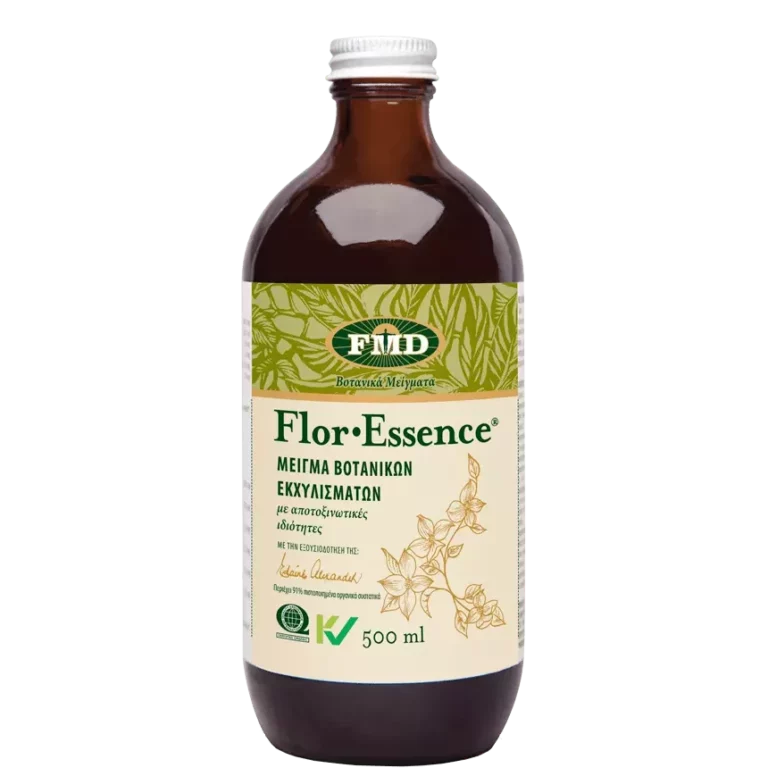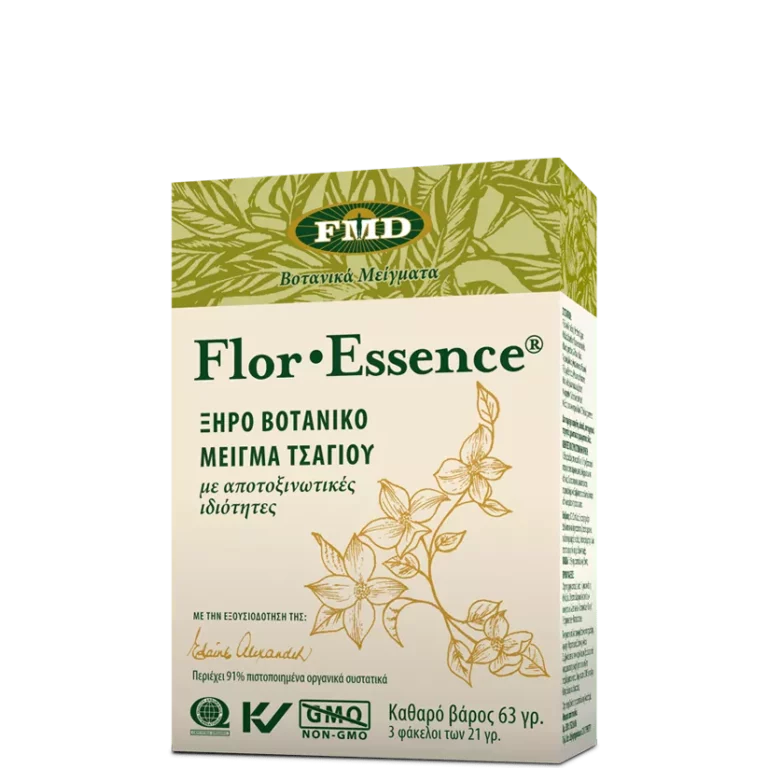Scientific Names of Watercress: Nasturtium officinaleR. Br.[Fam. Brassicaceae]
Forms:
Dried herb used as infusion and decoction.
Traditional Usage:
– Antioxidant
– Blood Purifier
– Bone and Joint Problems
– Breathing Problems
– Bronchitis
– Cellular Regeneration
– Cleansing
– Colds
– Coughs
– Detoxifying
– Digestive Disorders
– Diuretic
– Gastrointestinal Disorders
– Gingivitis
– Goiter
– Lethargy
– Respiratory Congestion
– Scurvy
– Vascular Deficiencies
– Vitamin Deficiencies
Overview:
Watercress (Nasturtium officinale R. Br.) and other plants of the Brassicaceae family including cabbage, broccoli, cauliflower, Brussels sprouts, kale, mustard greens, collard greens, bok choy and turnips contain specific indoles that activate enzymes in the body that deactivate and dispose of excess estrogen thereby reducing the risk of several serious diseases. Indole-3-carbinol accelerates estrogen deactivation by about 50% at 500mg per day. Heavy cooking destroys indoles and is not recommended for medicinal purposes. The German Commission E recognizes watercress for treating respiratory congestions, especially cold-related runny nose and coughs. In China, watercress is known for treating gingivitis. Watercress was also traditionally used for treating lethargy, joint problems, vascular deficiencies, bronchitis, scurvy and goiter. In Europe, watercress is popular as a blood cleanser and is contained in several phytopharmaceutical choleretic preparations (a choleretic increases the flow of bile into the intestines). The fresh leaves are a superior food medicine containing high levels of vitamins A, C, and iodine. Its calcium is also well assimilated by the human body, and the herb has been traditionally used as a remedy for vitamin and mineral deficiency. Watercress is now well recognized for helping to prevent lung disease in smokers. In a study of smokers who consumed a diet rich in watercress, the levels of toxic compounds were reduced. Other compounds in watercress, including mustard oil glycosides (glucosinolates), specifically gluconasturtiin, which can be hydrolyzed to 2- phenethyl isothiocyanate (PEITC) are known to have cytotoxic activity and activate detoxification enzymes in abnormal cells, thereby reducing their growth. Animal studies with PEITC demonstrate clear inhibition of abnormal cells. One chemoprevention study of lung disease with animals using isothiocyanates found that both PEITC and benzyl isothiocyanates (BITC) are effective inhibitors of chemicals that induce disease. Only BITC were seen to inhibit the benzo[a]pyrene (BaP) metabolites from tobacco smoke.
Active Ingredients:
Watercress contains: Mustard oil glycosides (glucosinolates), specifically gluconasturtiin, which can be hydrolyzed to 2- phenethyl isothiocyanate (PEITC; Vitamins A and C; Minerals including sulphur, iodine, calcium, and manganese. Fresh watercress contains: Water 95.1%; Protein 2.3%; Total lipid (fat) 0.1%; Carbohydrate, by difference 1.3%; Fiber, total dietary 1.5%; Ash 1.2%. Minerals: Calcium, 120mg/100g; Iron, .20mg/100g; Magnesium, 21 mg/100g; Phosphorus, 60 mg/100g; Potassium, 330 mg/100g; Sodium, 41 mg/100g; Zinc, 0.11 mg/100g; Copper, 0.077 mg/100g; Manganese, 0.244 mg/100g; Selenium, Se 0.9 mcg/100g; Vitamin C, 43.0 mg/100g; Thiamin 0.09 mg/100g; Riboflavin 0.12 mg/100g; Niacin 0.2 mg/100g; Pantothenic acid 0.3 mg/100g;
Vitamin B-6 0.13 mg/100g; Folate, 9 mcg/100g; Vitamin A, 4700 IU; Vitamin A, RE 470mcg; fatty acids; and amino acids.
Suggested Amount:
The daily dose of watercress is 4-6 g of dried herbal drug or 20-30 g fresh herb or 60�150g freshly pressed juice, or as required according to nutritional requirements.
Drug Interactions:
None known.
Contraindications:
Watercress, a peppery herb, is contraindicated in cases of gastrointestinal ulcers and inflammatory disorders of the kidneys. Watercress is also contraindicated as a medicine for children less than 4 years of age.
Side Effects:
In rare cases, gastrointestinal upsets.
References:
Bresnick E, Birt DF, Woterman K, Wheeler M, and Markin RS. 1990. Reduction in mammary tumorigenesis in the rat by cabbage and cabbage residue. Carcinogenesis 11 (7): 1159-1163.
Duke, J. 1997: The Green Pharmacy, The Ultimate Compendium of Natural Remedies from the World’s Foremost Authority on Healing and Herbs. pp. 342; 424. Rodale Press.
Chung FL, Morse MA, Eklind KI, and Lewis J. 1992b. Quantitation of human uptake of the anticarcinogen phenethyl isothiocyanate after a watercress meal. Cancer Epidemiol Biomarkers Prev 1 (5): 383-388.
Foster S, and Duke JA. 1990. Watercress in Medicinal Plants. Houghton Mifflin Co., New York, NY, p. 214.
Hecht SS, Chung FL, Richie JPJr, Akerkar SA, Borukhova A, Skowronski L, and Carmella SG. 1995. Effects of watercress consumption on metabolism of a tobacco-specific lung carcinogen in smokers. Cancer Epidemiol Biomarkers Prev 4 (8): 877-884.






